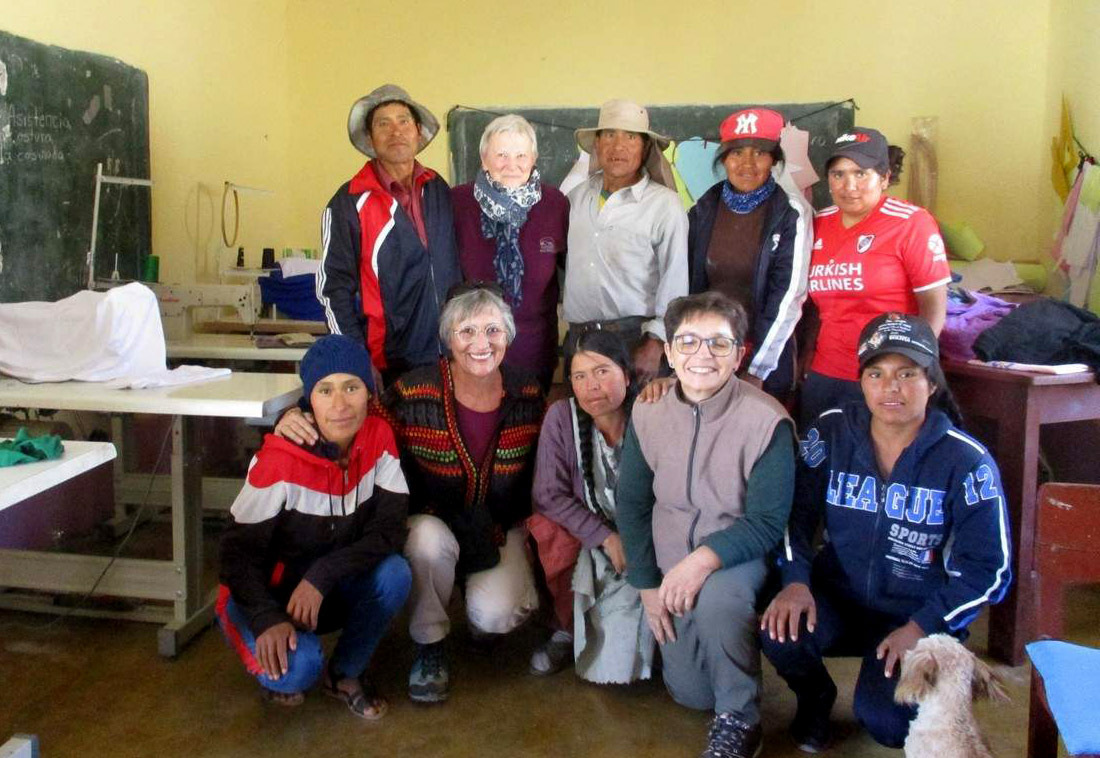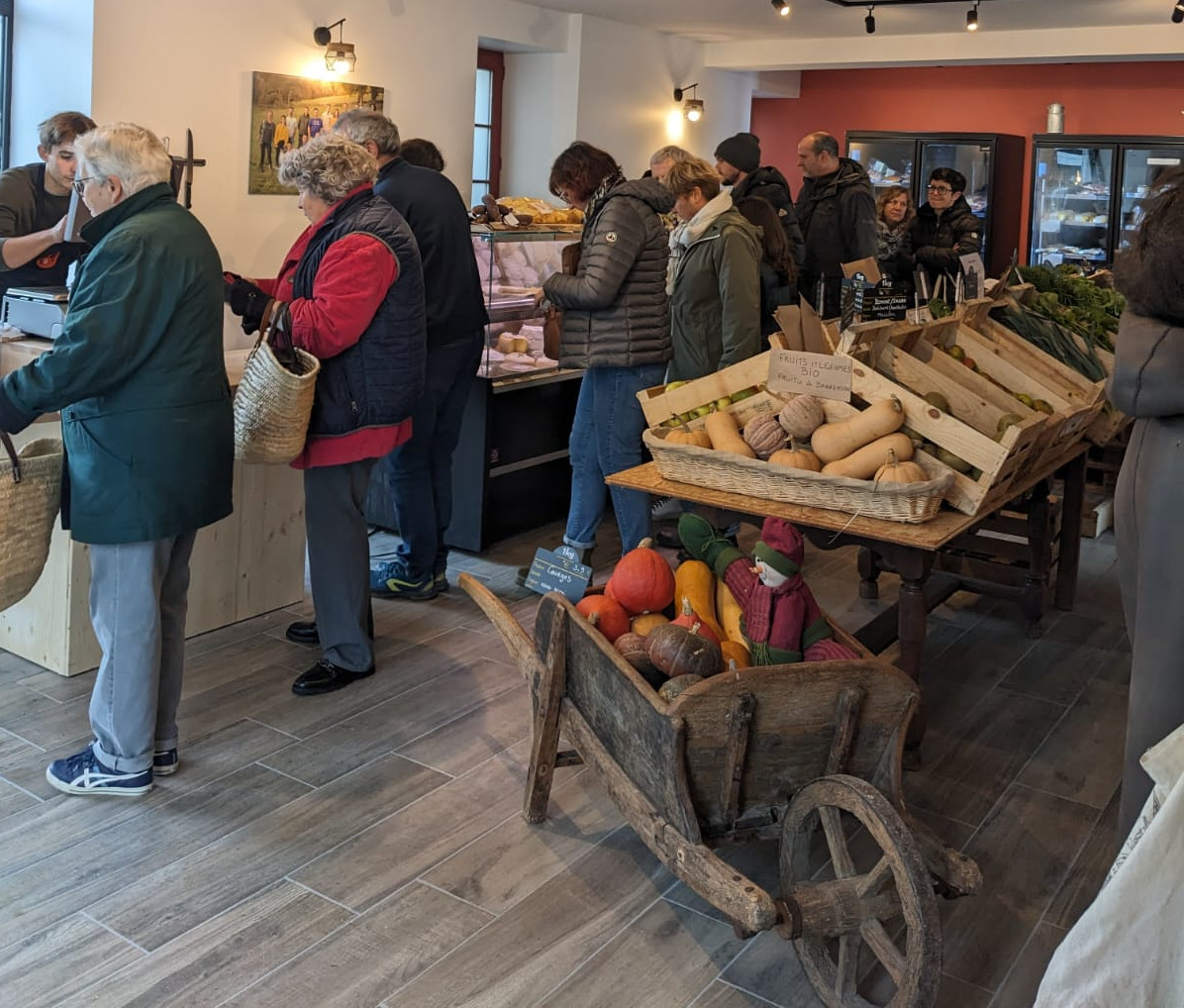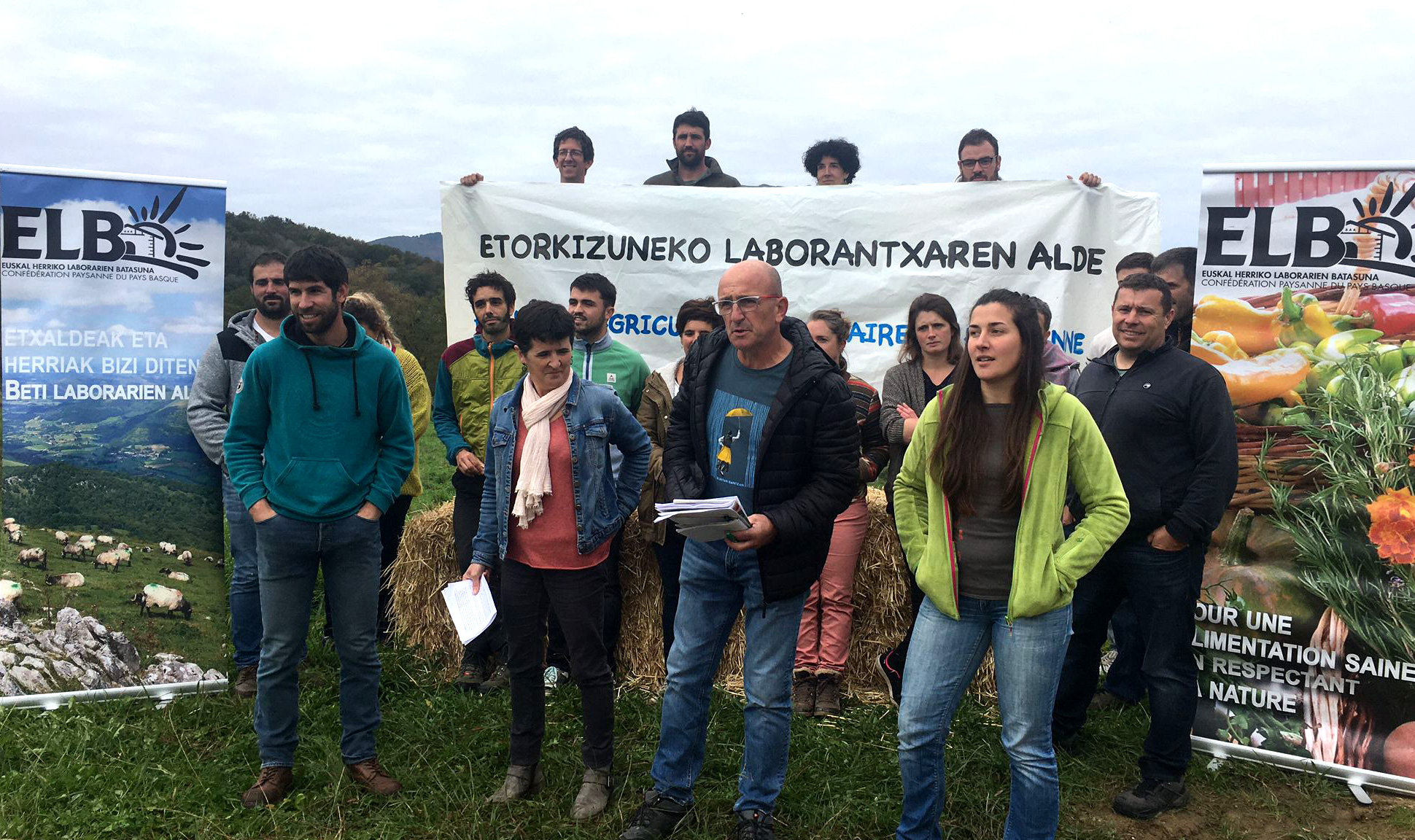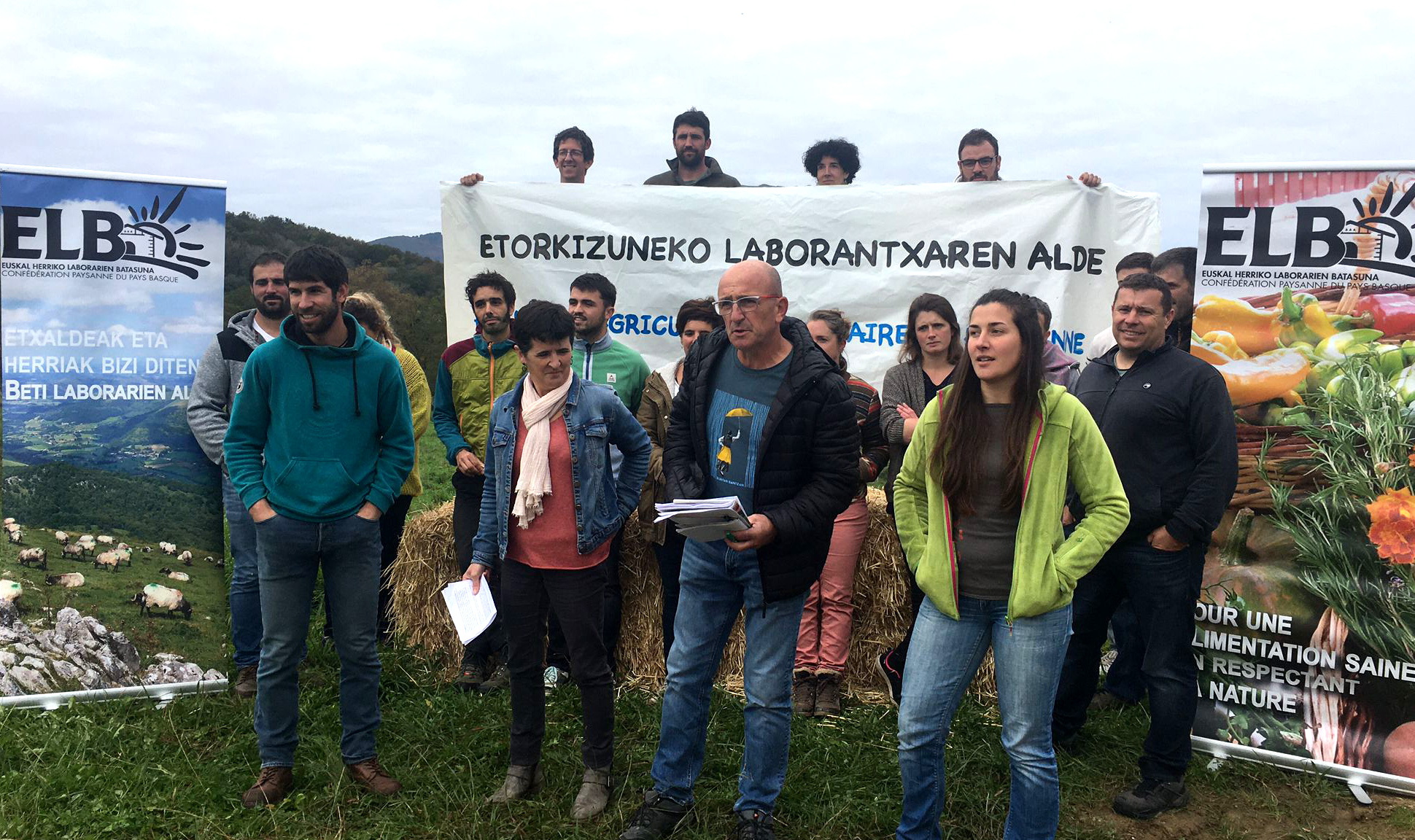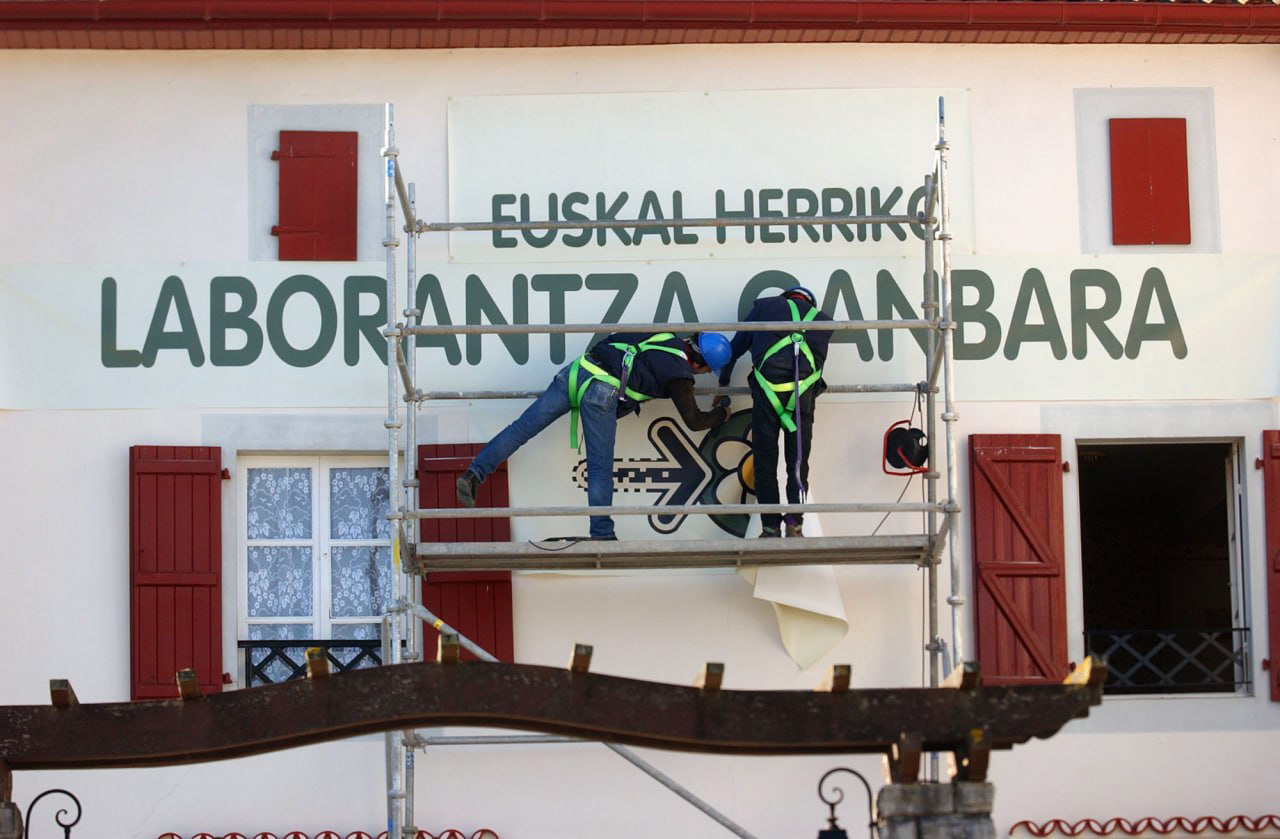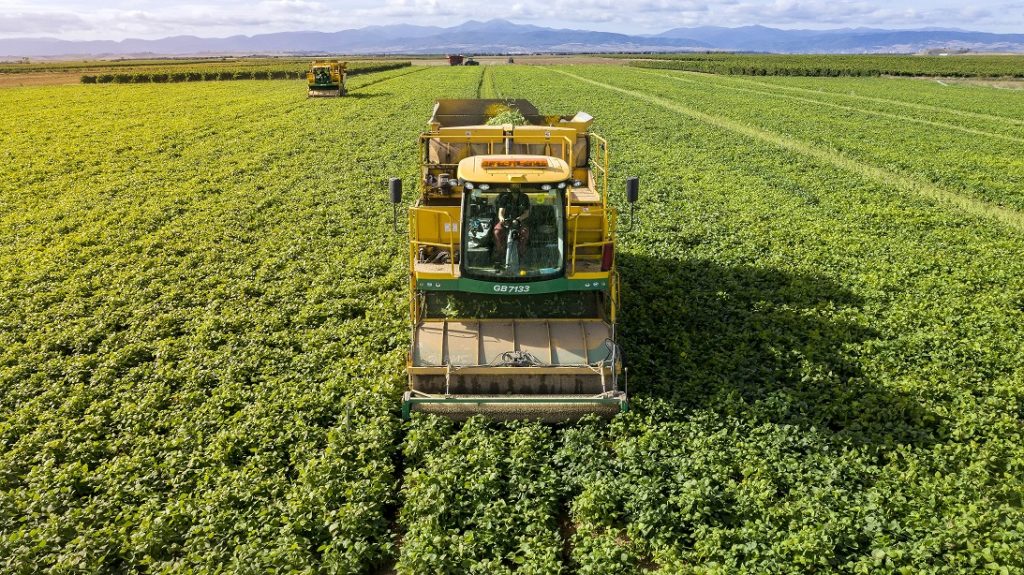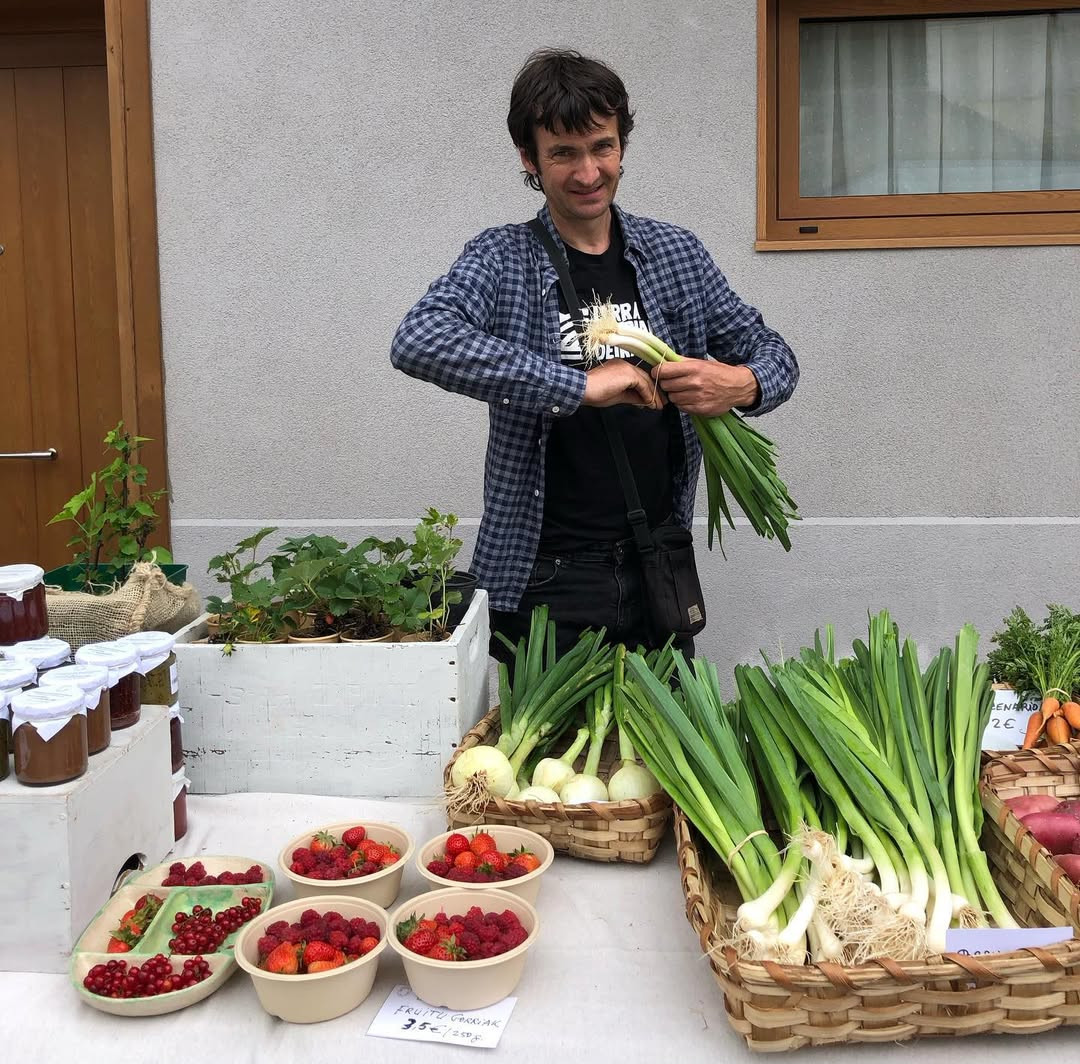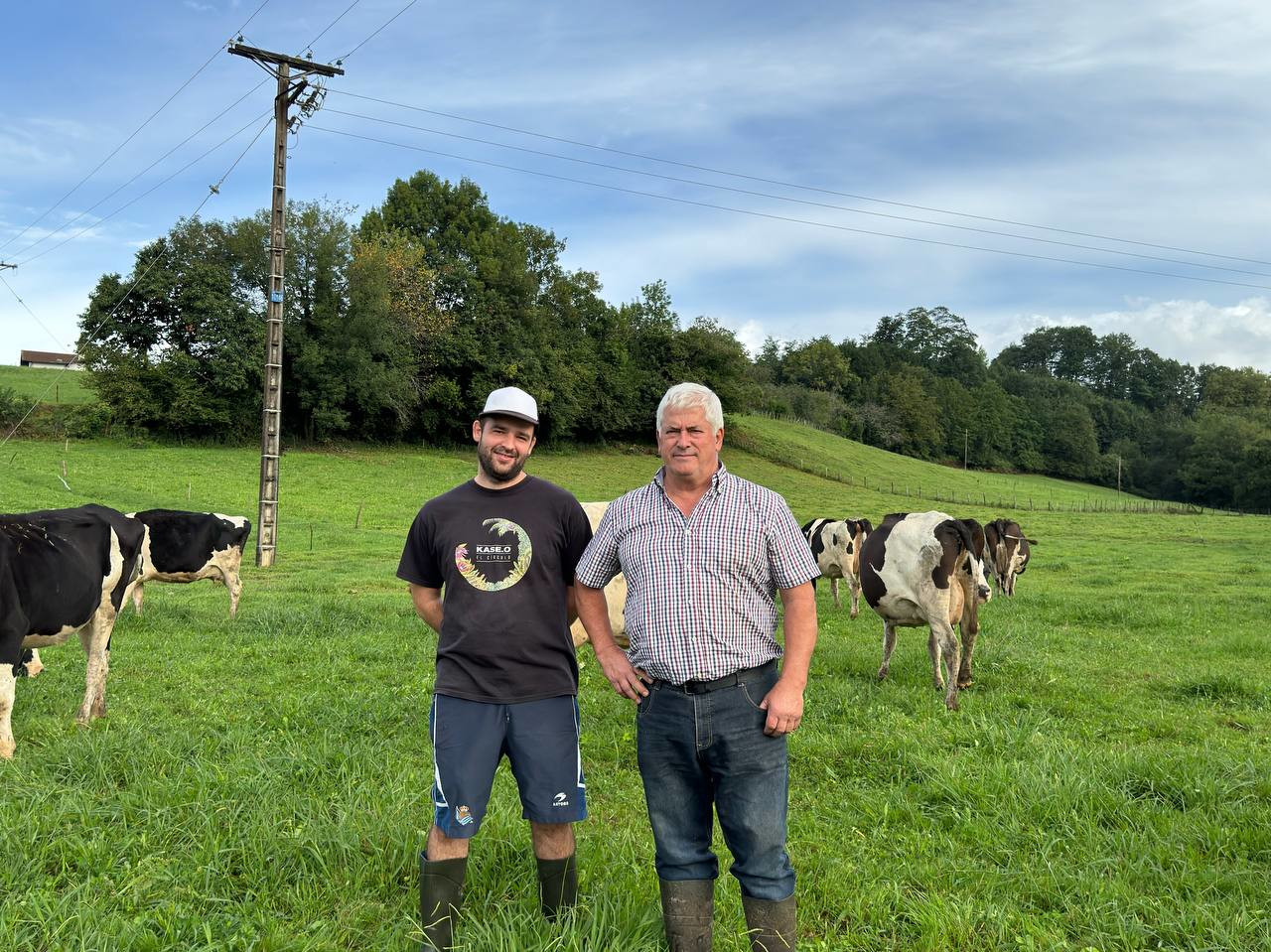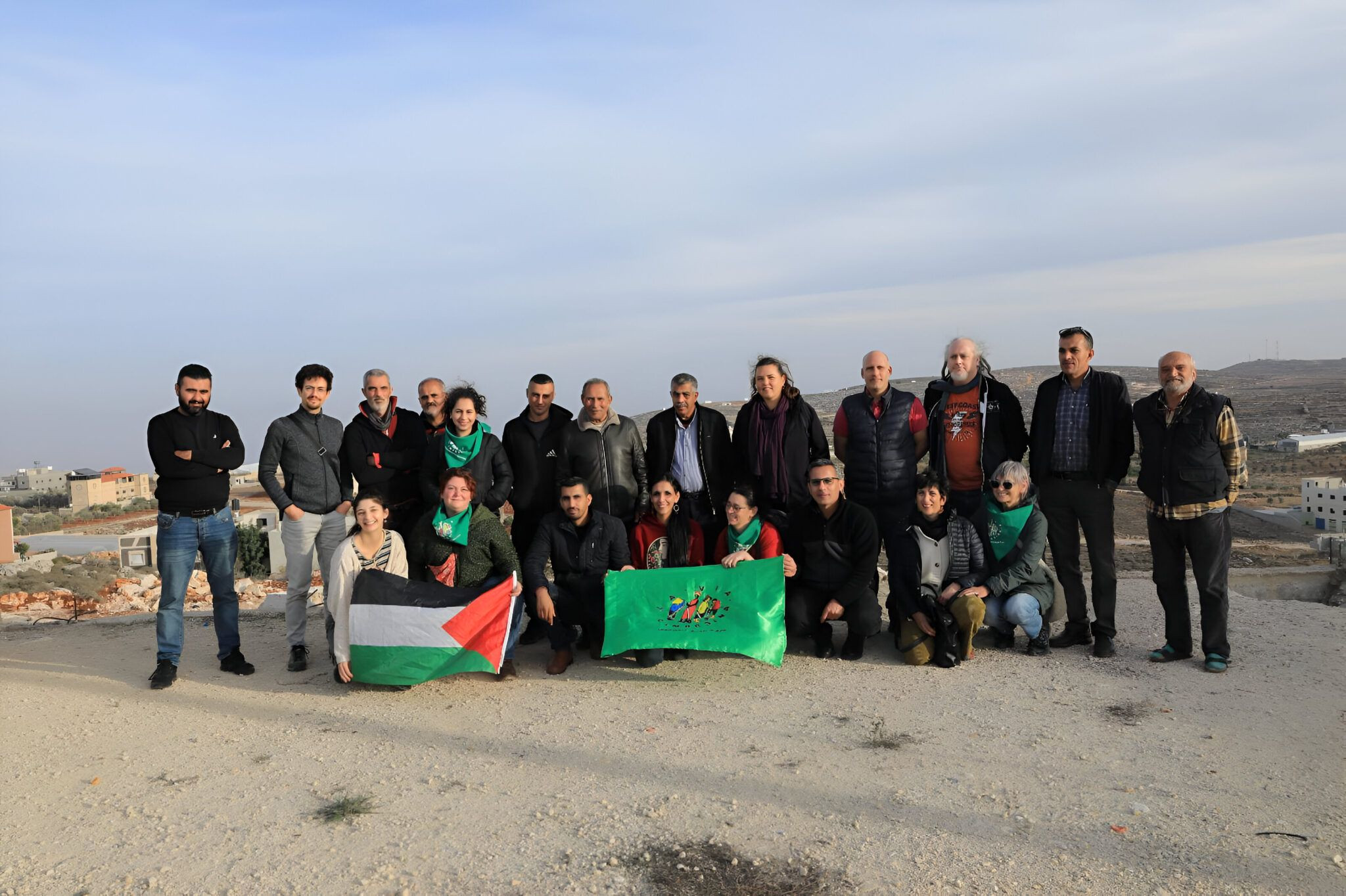The meat of the Sasi sheep will be sold under the brand 'Sasiko'
- In June 2014, the Sasi Artalde Association took its first steps with 9 breeders and 640 sheep weeds, also called ttipi red extremes. Today the association has 18 members, with 1,282 sheep, covering areas from Ezpeleta and Hazparne to Aldude-Urepele. Now a step further by the Derama Sasi Artalde Association. Breeders produce quality meat and want to market this meat under the “Sasiko” brand.

In June 2014, the Sasi Artalde Association took its first steps with 9 breeders and 640 sheep weeds, also called ttipi red extremes. Today the association has 18 members, with 1,282 sheep, covering areas from Ezpeleta and Hazparne to Aldude-Urepele. Jean Lassalle, a Hindi, is the head of the association and the association has its registered office in the Village House of Sara. Last week, Itsasun had an appointment with the media, in the Valle de Christian Aguerre farm, to inform them about the trajectory of this association and the Sasiko brand that launches it.
Ancestral race of the Middle Basque Mountain
The bastard sheep is ancient. It would seem, as Gabriel Durruty, a Hindi, has said, that this breed of sheep would have had the kafira in the vicinity of Sara, Areios, and Lesaka, to the point of covering the mountain line up to the Mornings. In other words, it is a sheep that grows in the middle mountains of the Basque Country. And as the denomination says, it is the one that is especially saturated with weeds and herbs, keeping them clean there as margins. In appearance and behaviour or behaviour, we may say that it is a fine sheep, of a dull and small need, with a triangular end, sufficiently wild and suitable for grazing.
But he was disappearing. Why assemble some breeders from the Northern Basque Country who have the Sasi Artalde association to glaze and develop this type of sheep. So they gave them the help they needed. On the one hand, there are a number of breeders from the South, where the breeders of this type of sheep have been united in the Sasi Ardi Confederation since 2002 and where there are 3,200 Sasi sheep. On the other hand, the Basque Country Chamber of Agriculture has also received a lot of technical support, with a worker of this structure in charge of this particular field, the Rosana Leire Atxoa. In addition, the Society has also approached the Aquitaine Livestock Breeds Conservatory. Mrs Flora Dartiailh of Hunta has said that this conservatory does everything possible to save and develop the Aquitaine races, especially those of small numbers. The Conservatory makes inventories every year, condoning troops, enumerating needs, improving the working conditions of breeders and vitrifying the special environment of weed sheep.
According to EHLG’s Beñat Molimos, the sheep is a cabal that is fully beneficial for biodiversity (which is why it has been primed at the Parisian breeding fair in 2017), because this sheep grows in areas where conventional farming has been abandoned: “If there were no sheep in these areas, the margins could be dirtier.” And this is what the ezpeletar breeder Panpi Olaizola added: “Thanks to the Sasi sheep, we could not or would not be able to make a fire where they are!” However, thanks to the work of all these structures, the French Ministry of Agriculture has recognized in 2016 the Sasi sheep breed, a knowledge that ideates the association more widely.
The meat of the weed
Now a step further by the Derama Sasi Artalde Association. Breeders produce quality meat and want to market this meat under the Sasiko brand, registered in 2017 at the National Institute of Intellectual Property (INPI). According to a strict charging dock, it is marketed mainly in two molds: the dirt and the lamb. The Ezpel Panpi Olaizola is a dirty breeder. He keeps the most beautiful ohots of lambs for marching and castrating the others. Two years of suspension, or most of it three/four years, he raises the soils in the pastures, so that they may remain in the weeds for six months in succession in the seedling, in liberty. He picks them up in the fall, with a little knight growing up in the front, with little ones. They are then slaughtered at the cattle slaughterhouse in Saint-Jean-de-Garazi. Guti is a dirty stew and provides high quality meat, “fine stew, good starter.”
For its part, Xavier Etchart, a herd breeder, sells lambs. For his January/February creation, he sells lambs that are three to five months old, raised without a soup, giving the impression that they have “always finely waxed meat,” which he also said. And we also reclaim that this meat is cooked in the Valley, cooked by chef Antoine Chepy, which is a very tasty and chewy meat. Can you find Bainan? At the moment, three butcheries (Hiriart-Solet Hazparnen, Sage Saran, Farmhouse in Saint-Jean-de-Luz Market), several restaurants (L’Impertinent Biarritz, Le Chêne Itsasu, Jean Lassalle accommodation in Hazparne, Haranea Itsasu) and also directly in the farmhouses of the breeders (Etchart Parithne, Pelurrolegui and Ezolegi). You can find more clarity on the newly built website www.sasiko.eus. Good way to the Sasiko brand!
This news has been published by the weekly Pueblo and we have brought it to LUZ thanks to the license CC-by-sa.
Zubiak eraiki Xiberoa eta Boliviaren artean. Badu jadanik 16 urte Boliviaren aldeko elkartea sortu zela Xiberoan. Azken urteetan, La Paz hiriko El Alto auzoko eskola bat, emazteen etxe baten sortzea, dendarien dinamikak edota tokiko irrati bat sustengatu dituzte.
Datorren astean Departamenduko Laborantza Ganbarako hauteskundeak ospatuko dira Ipar Euskal Herrian. Frantzia mailako FDSEA eta CR sindikatuez gain, ELB Euskal Herriko Laborarien Batasuna aurkezten da, "euskal laborarien defentsa" bermatzeko.
Euskal Herriko Laborantza Ganbera elkartearen hogei urteak ospatu zituzten asteburuan Ainhize-Monjolosen. 2005eko urtarrilaren 15 hartan sortu zuten Lapurdi, Baxenabarre eta Zuberoako laborantzaren garapena –hori bai, iraunkorra eta herrikoia izan nahi duena–... [+]
Departamenduko Laborantza Ganbarako hauteskundeen kanpaina abiatu da. Urtarrilaren 14an bozetara aurkezten diren hiru sindikatuen ordezkariekin bi oreneko eztabaida sakona antolatu zuten Euskal Hedabideek, osoki euskaraz.








